What is Patella Tendonitis?
Patella tendonitis is a condition that causes knee pain in active people. It is an inflammation of the patella tendon that connects the knee-cap (patella) to the shin bone (tibia). The most common activity that aggravates the patella tendon is jumping, so it is commonly referred to as ‘jumper’s knee’.
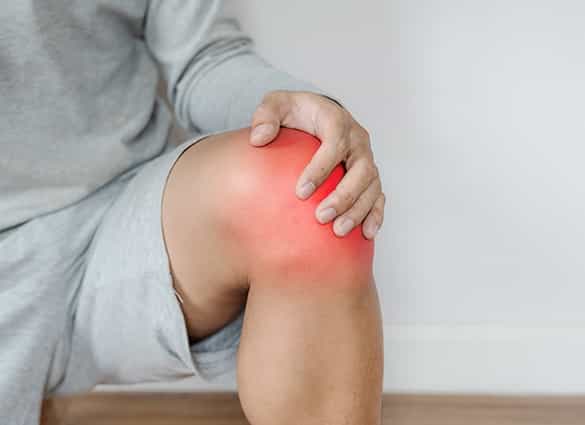
Patella Tendonitis or Jumpers Knee
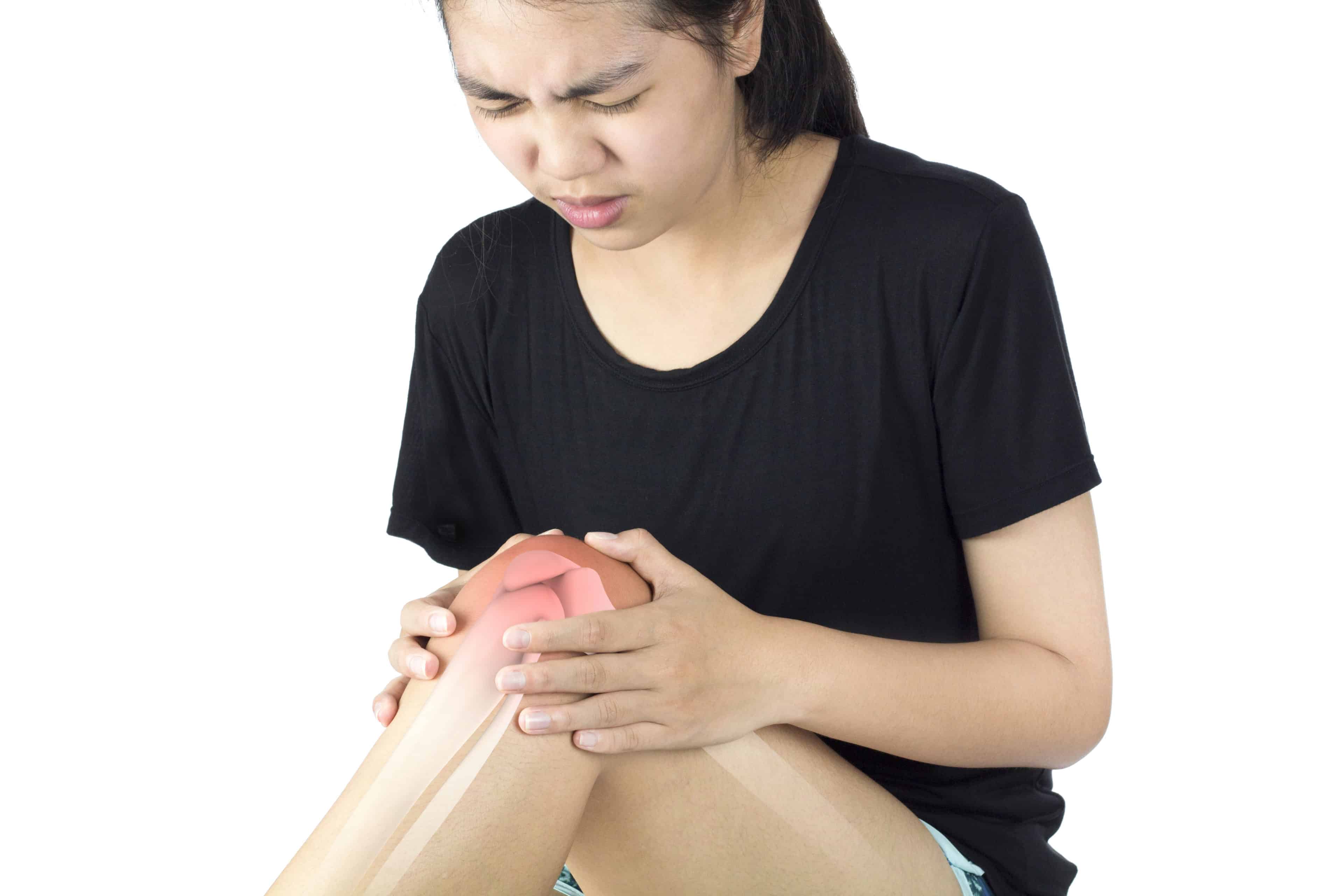
What causes Patella Tendonitis?
Patella tendonitis is caused by repetitive strain applied to the patella tendon. Sports that involve repetitive jumping, hopping, landing, kicking or squatting activities can overload the patella tendon causing inflammation and pain. This injury is common in sports requiring frequent jumping and landing including netball, basketball, volleyball and dance.
Several factors may contribute to the development of patella tendonitis, including:
- Abnormal foot posture – this can cause excessive motion across the knee, overloading the patella tendon
- Muscle tightness or weakness – tight thigh and leg muscles can reduce the flexibility at the knee joint and increase the strain on the tendon
- Overuse – especially if are participating in sports involving high impact activities like running or jumping
- Unsupportive or unstable footwear with poor shock absorption and inadequate stability
- Poor pelvic stability or core strength
What are the symptoms of Patella Tendonitis?
The most common symptoms of patella tendonitis include:
- Gradual onset of pain, and sometimes swelling, just below the knee-cap
- The pain is worse with running and jumping sports, descending or ascending stairs and squatting
- Usually only one knee is affected, but it can sometimes affect both knees
- Morning stiffness or discomfort in the knee on first arising.
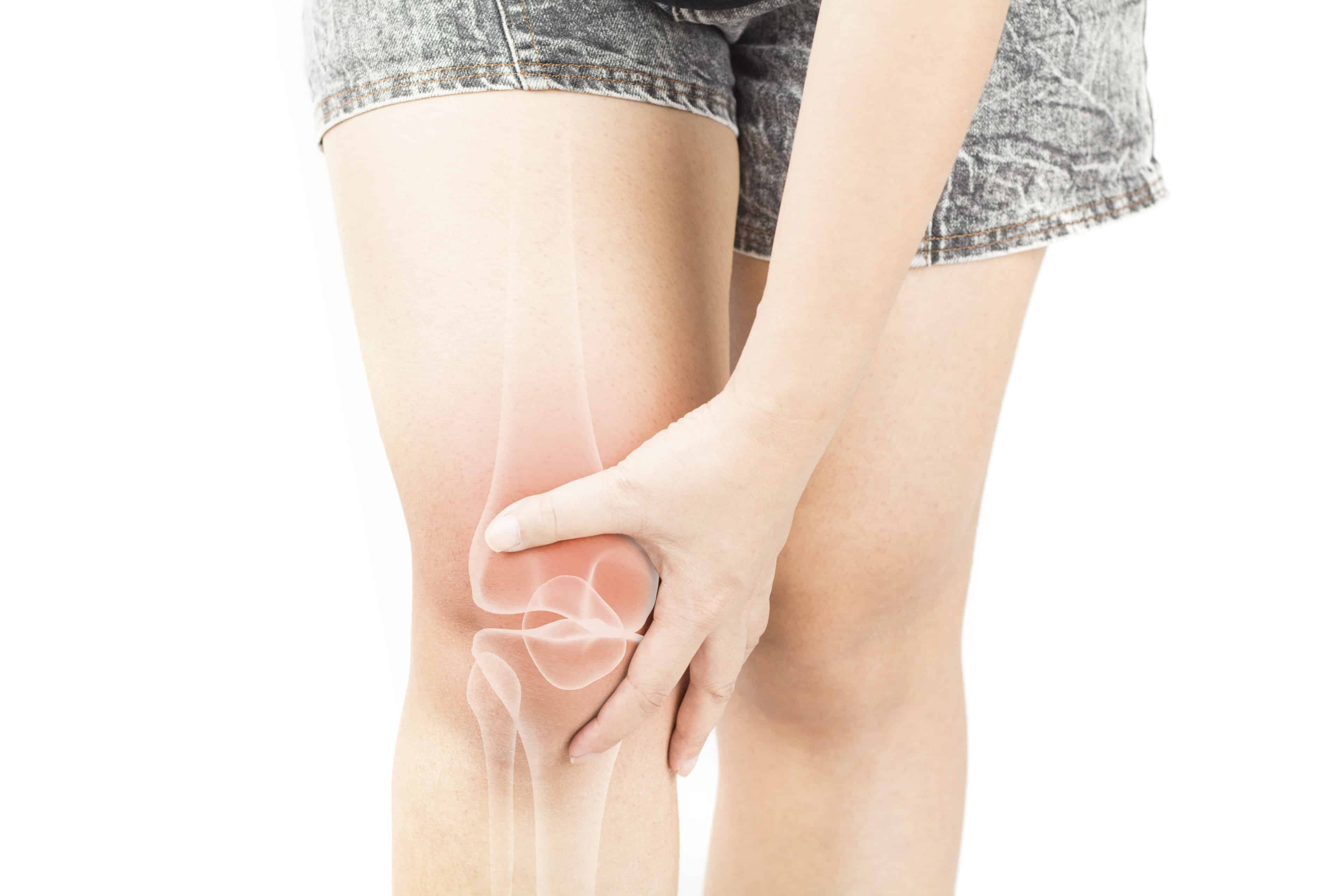
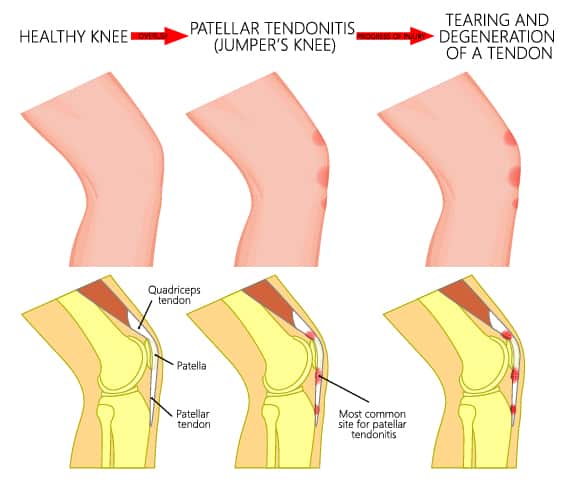
How is Patella Tendonitis diagnosed?
Your Podiatrist will take a comprehensive medical history and complete a physical examination and visual gait analysis. The assessment is likely to include:
- Pain provocation tests – to reproduce your knee pain
- Foot posture assessment
- Joint flexibility tests (or range of motion)
- Foot and leg muscle strength testing – looking for muscle imbalances and weakness
- Footwear assessment – looking for abnormal shoe wear patterns
- Gait analysis and biomechanical assessment – to look for any abnormalities in the way the feet and legs move during gait
How is Patella Tendonitis treated?
Depending on the individual contributing factors your Podiatrist may recommend these treatments options:
- Custom orthotics – to address abnormal foot posture problems and reduce excessive motion across the knee joint
- Stretching exercises – to improve joint and muscle flexibility
- Strengthening exercises – to address any foot or leg muscle imbalance or weakness. If you require a hip stabilisation program a physiotherapy referral will be recommended
- Footwear changes – more supportive, stable footwear may be recommended
- Ice massage – to reduce local inflammation after sport or exercise
- Rest from aggravating activities until the inflammation is reduced
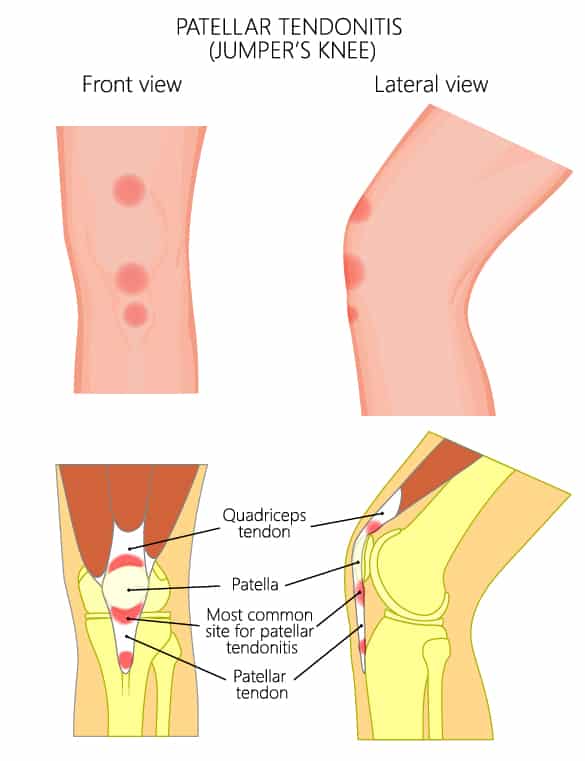
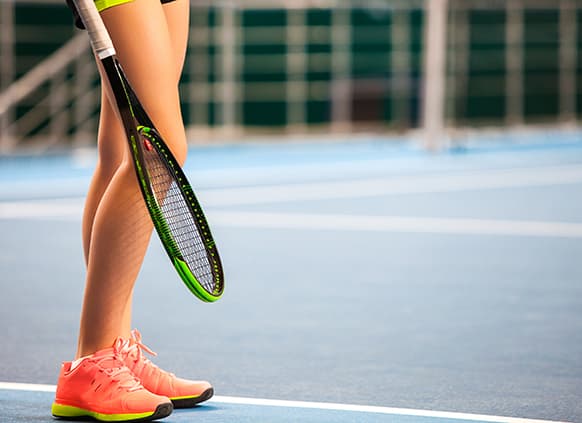
What should I do if I or my child has Patella Tendonitis?
If you or your child are experiencing knee pain, or you are concerned about your gait or foot posture, don’t hesitate to consult with our experienced podiatrists for a comprehensive walking assessment and professional advice.

